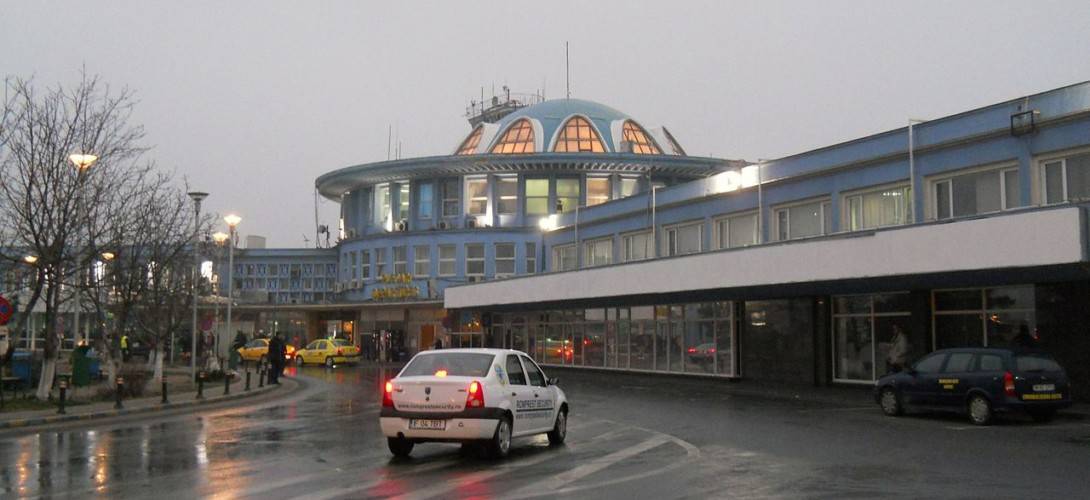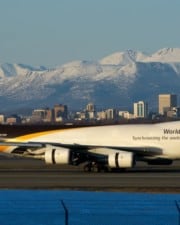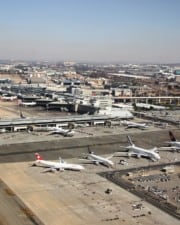The aviation industry today has a very modern feeling, but it has a long history. Aviation, including commercial aviation, is over a century old! While we don’t fly in planes that are a hundred years old, some of the airports we fly out of have a storied history. Do you know which airports are the oldest in the world?
When airplanes were invented in 1903 by the Wright brothers, it only took a few years for other people to want to take to the skies as well. At first, aviation was just for a few daredevils. Soon, the military adapted it for warfare and civilians began taking to the skies when traveling. Within a decade or so, airports cropped up to serve the ballooning aviation industry.
Although airplanes were invented in the United States, the craze quickly took off in Europe as well. Most of the oldest airports on this list are in the United States and Europe because those are the continents where aviation was developed immediately.
This list focuses on airports that are still in operation or are preserved in a good enough state that visitors can still see the important infrastructure. Sadly, many of the earliest airports, such as Roosevelt Field in Long Island, were redeveloped and serve other purposes now. Nonetheless, the airports on this list can scratch the aviation history itch with no trouble.
16. Copenhagen Airport, Denmark (1925)
The first thing many visitors to the Danish capital see is a slice of European aviation history, and they usually don’t even know it. That’s because Copenhagen Airport, which still serves the capital, opened in 1925.
Even though Copenhagen Airport (or Kastrup Airport as it was known at the time) was not the first airport in the world or even in Europe, at the time it was still innovative. That’s because it was the first airport in the world dedicated exclusively to civil traffic. Earlier airports started off as military airfields or runways for sports enthusiasts. Copenhagen Airport was the first to cater to the growing field of civilians traveling for business or pleasure.
Today, Copenhagen Airport is the busiest airport in Scandinavia and receives dozens of massive jets every day. That’s a far cry from airport technology in the first few decades of its existence when flying during the winter was impossible!
15. Minneapolis-St. Paul International Airport, USA (1920)
The second-oldest airport in the United States that is still in operation may surprise some people. After all, most people don’t think of Minnesota when they think of the cradles of aviation. Most people are wrong, and Minneapolis-St. Paul International Airport was one of the first airports in the United States when it opened in 1920.
At first, the airport was just a landing strip for airmail service known as Speedway Field. In 1929, it expanded into passenger service which soon became the majority of the airport’s operations.
Minneapolis-St. Paul International Airport underwent a whole series of name changes before it settled on the current one. It started out as Speedway Field, then was renamed Wold-Chamberlain Field, then finally settled on its current name. Talk about an airport identity crisis!
14. Sydney Kingsford-Smith Airport, Australia (1920)
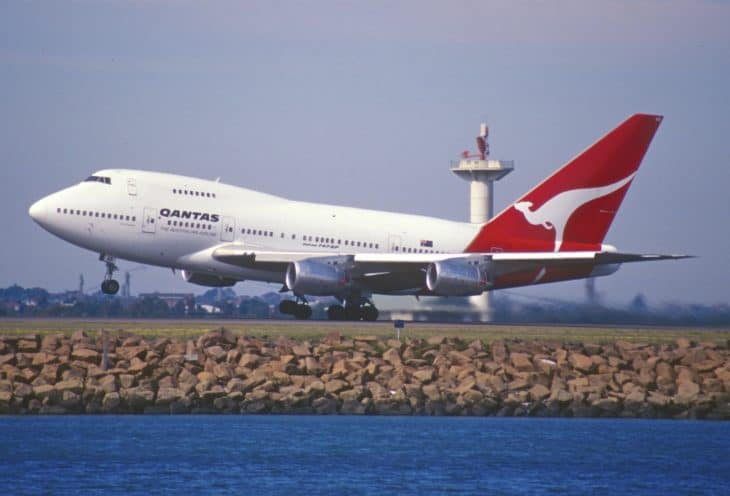
One of the busiest airports in the world and the busiest airport in Australia, Sydney Airport is also one of its oldest. The official start of operations is listed as 1920, but the actual first flight from the airport took place in November 1919.
The airport’s official name is Sydney Kingsford-Smith Airport, leading to another interesting story in Australian aviation history. It’s named in honor of Sir Charles Edward Kingsford-Smith, an Australian aviation pioneer. He was the first person to cross the mid-Pacific by air and one of the first people to fly over the Atlantic with a crew.
Sydney Airport has kept up with the times and is now home to three passenger terminals and seven cargo terminals, making it an important entry point for international traffic to Australia. Its excellent infrastructure is fit for royalty—Queen Elizabeth famously flew into the airport during her state visits.
13. Geneva Airport, Switzerland (1919)
One of the oldest continuously operating airports in Europe is Switzerland’s Geneva Airport. Affectionately known as Cointrin Airport by locals, it was established on October 11th, 1919. However, the first flights didn’t start until 1920.
At first, Geneva Airport was a minor regional hub with sporadic passenger traffic, mostly by Lufthansa. However, within a decade, it was one of the busiest airports in Europe for civilian flight. Traffic only expanded over the next few decades and in 1960, the Swiss government had to exchange territory with France to build a longer runway.
Geneva Airport’s location right on the border with France helps to make it unique. Travelers can access the airport from Switzerland or France without passing through the border. The location also makes Geneva Airport an important hub for freight arriving in the European Union despite not being a member itself.
12. Paris-Le Bourget Airport, France, (1919)
Paris-Le Bourget Airport is France’s oldest airport, and it was officially opened in 1919. However, the aviation history of the location stretches back even further. In 1914, it was used by the French Air Force to defend Paris in World War One. However, 1919 is celebrated as the official start date of the airport because that is when it opened to civilian traffic.
Paris-Le Bourget Airport was very important for the history of aviation. In 1927, Charles Lindbergh landed there after flying his “Spirit of Saint Louis” over the Atlantic, making him the first person to fly nonstop from New York City to Paris.
However, as international travel became more frequent and the planes became bigger, travelers began bypassing Paris-Le Bourget Airport. While it is closed to international and commercial traffic today, it is still an important destination for business travel and private planes flying into Paris.
11. Lappeenranta Airport, Finland (1918)
The 10th-oldest continuously operating airport in the world is probably one that you’ve never heard of. Finland’s Lappeenranta Airport was built in 1918.
Lappeenranta Airport isn’t exactly a destination for international jet-setters. It is located near the border city of Lappeenranta and doesn’t even crack the top 10 of the busiest airports in Finland.
However, this tiny airport is worth a visit if you are an aviation history buff and want to see the oldest still-functioning airport in Finland. It started life as an air force base before turning to civilian traffic.
10. Amsterdam Schiphol Airport, The Netherlands (1916)

Every year, tens of millions of passengers pass through Schiphol Airport, whether because they are looking to explore the attractions of Amsterdam or because they are transferring onward to different flights. Most of those passengers don’t know they are flying out of one of the oldest airports in the world.
Amsterdam’s Schiphol Airport was built in 1916 as a military airport on some drained land (This would pose a problem in the first few years of the airport’s existence as arriving planes often got stuck in the mud.). By the time The Netherlands hosted the Olympic Games in 1928, the city of Amsterdam had whipped the airport into shape.
Schiphol was destroyed in World War Two but was quickly rebuilt as a passenger hub and important tourist destination.
9. Rome Ciampino Airport, Italy (1916)
Rome’s Ciampino Airport is one of the oldest in the world. It was founded in 1916 as a military airport and started welcoming civilian traffic in 1947.
Until 1961, Ciampino Airport was the only airport serving the bustling city of Rome, but the old airfield was not up to the task of welcoming international jets. The much more modern Leonardo Da Vinci Airport was opened, and Ciampino Airport was pushed aside.
Ciampino Airport’s story is unusual for historic airports because it saw a resurgence over the past few years. Largely consigned to history and business traffic, it is now an important hub for budget airlines flying to Rome.
8. Don Mueang International Airport Bangkok, Thailand (1914)
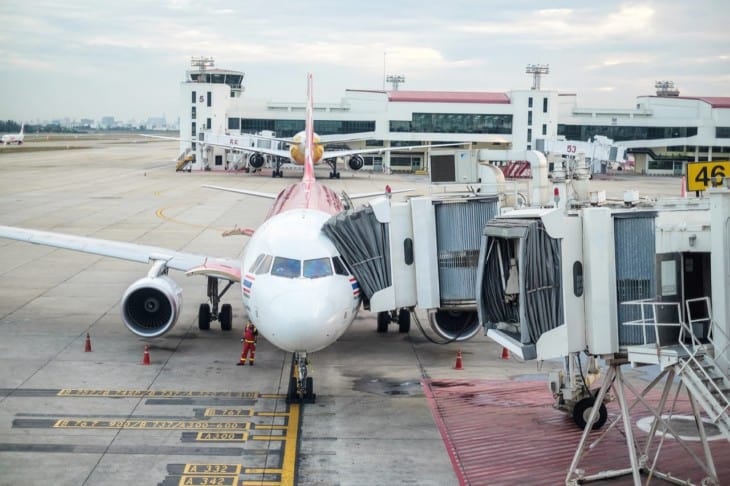
The history of the world’s oldest airports is dominated by airfields in the United States and Europe. However, one airport stands out—Don Mueang International Airport Bangkok in Thailand—which was founded in 1914.
Like many of the airports on this list, Don Mueang got its start as a military airfield—in this case, for the Thai Air Force. It began welcoming commercial travelers in 1924.
The historic airport expanded as time went on and remained Thailand’s principal airport until Bangkok’s Suvarnabhumi Airport opened in 2006. It is still the second-busiest airport in Thailand and the premier airport for budget airlines.
7. Poznan-Lawica Henryk Wieniawski Airport, Poland (1913)
Poland often gets left out on lists marking aviation history. However, its Poznan-Lawica Henryk Wieniawski Airport, opened in 1913 by the German government, is one of the oldest operating airports in the world.
Many people forget about Poznan’s airport because it was closed to civilian traffic until very recently. From its opening in 1913 to 2009, it only functioned for military flights.
Now Poznan-Lawica Airport welcomes several million civilian passengers a year while still reserving part of the airfield for the military.
6. Bremen Airport, Germany (1913)
Bremen Airport is one of the oldest airports in Europe and in Germany. It received official airport status in 1913, although local aviation enthusiasts built it as an airship station in 1909.
Its early years were full of turbulent changes. At first, it was designed as a station for airships, then as an airport. Then, during World War One, it was taken over for military purposes. In 1920, it began welcoming civilian travelers.
You can still fly into Bremen Airport today, although the tiny airport with just one terminal only welcomes a few million passengers a year.
5. Bucharest Airport Aurel Vlaicu, Romania (1912)
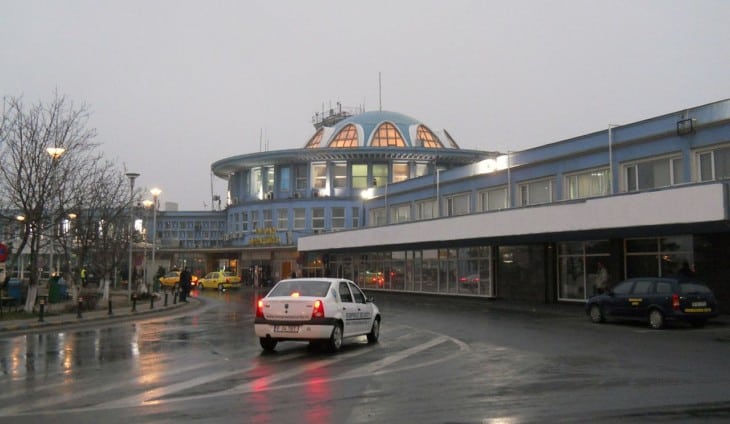
In the history of European aviation, people tend to focus on Western Europe. However, one of the oldest airports on the continent is in Romania—Bucharest Airport Aurel Vlaicu gained official airport status in 1912.
However, airplanes had been landing and taking off from this location since 1909, when the French pilot Louis Blériot organized a private aerodrome on the location. In 1912, the airport became home to Romania’s first flight school.
Aurel Vlaicu was the main international airport in Romania until 1968. Commercial traffic now goes to the newer Henri Coanda International Airport because Aurel Vlaicu is too small to handle international jets, but it still operates for business travel.
4. Hamburg Airport, Germany (1911)

Hamburg Airport is Germany’s oldest airport and the oldest continuously operating airport in continental Europe. It was opened in 1911.
Hamburg Airport got its start as an airport for zeppelins then branched out into more modern airplanes.
Despite its age, Hamburg Airport is one of the most modern airports in Germany. Thanks to a massive remodeling plan that renovated the airport between 2001 and 2009, it now has sleek, modern terminals and a regular rail connection to the city.
3. Madrid-Cuatro Vientos Airport (1911)

Besides being number three on this list of oldest airports in the world, Madrid Cuatro Vientos (four winds) is also Spain’s oldest airport and one of three civil airports that serve Madrid. Located 8 km southwest from the city center it has around 35 thousand movements per year primarily focusing on general aviation.
Originally the airport was established as a military air base, until later when it started being used as a civil airport as well. Due to the limited runway length the airport is unsuitable for large airliners, and is mainly used for piston aircraft, medium turboprops and private jets, as well as helicopters.
Part of the airport is still dedicated to the military, as well as being the base for the Spanish Police aircraft and road traffic surveillance helicopters. There is an air and space museum called Museo del Aire located on the grounds.
2. Shoreham Airport, UK (1910)

Shoreham Airport was founded in 1910, although the first flights didn’t begin until 1911.
The airport got its start as a training center for civilians wanting to be pilots, but the rapid arrival of World War One meant it had to switch over to becoming a military base. Civilian operations resumed after the war (and were briefly interrupted again by World War Two).
Travelers can still visit Shoreham Airport, now known as Brighton City Airport, today as it serves the nearby city of Brighton. While you’re there, check out the art deco terminal building, which is protected due to its historic significance.
1. College Park Airport, Maryland, USA (1909)

One of the most important historic airports in the world is in Maryland. College Park Airport was founded in 1909 by the Wright brothers, the inventors of airplanes, themselves.
The Wright brothers used humble College Park Airport to test the aircraft they were developing, including for the United States military. The airport was the site of many important firsts in the history of aviation, including the first military aviation school, the first mile-high flight, and more. Commercial flights don’t fly into College Park Airport (It’s too small for that.) but it is still a functional airport for private flights. However, pilots have to pass a background check due to its proximity to the capital.
Related Posts
